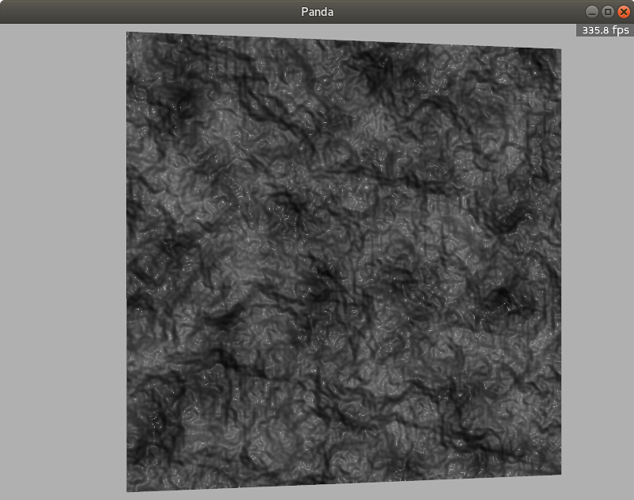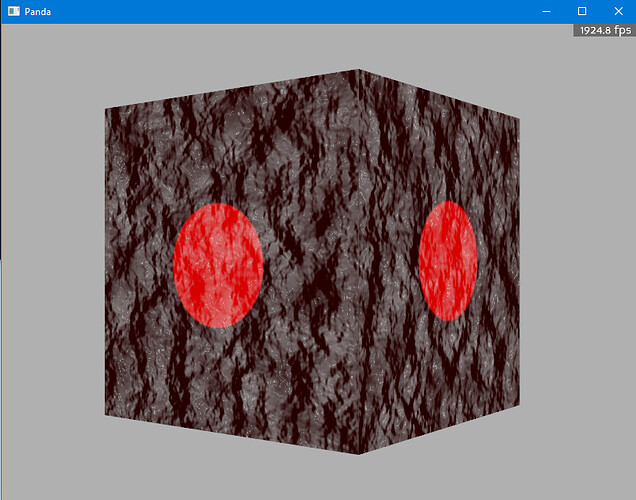[edit] Ah, nevermind–I’ve just noticed in the spec that “use_normal_maps” defaults to “False”! If I set it instead to “True”, I get normals as expected!
I still don’t get emission that I see, but that’s not important to me right now.
I’m leaving the original post below, both for transparency and in case others have similar problems.
[/edit]
I’m experimenting with “simplepbr”, and have made a little bit of progress thus far, I think. Specifically, I have a simple model rendering, and showing the effects, I believe, of both metallicity and roughness.
However, for some reason I don’t seem to be getting the effects of normals or emission.
Note that if I enable the auto-shader I do get normals, so the normal-map would seem to be functional, and the model would seem to have tangents and binormals.
I’ve followed the spec given here, I believe: the first texture is colour, the second is metallic-roughness, the third is normal-map, and the final texture is emission.
The test-model is a simple cube with some basic testing-textures; these files should be attached below:
pbrTest.zip (613.5 KB)
This is the result that I get with simplepbr:
Note that colour and metallicity-roughness appear to be present, but normals and emission don’t.
And here is the result that I get with the auto-shader:
Note that normals appear to be present, and that the emission-texture (which provides the red circle) is at least shown on the surface.
And finally, here is my testing-program at time of writing:
from direct.showbase.ShowBase import ShowBase
from panda3d.core import PandaNode, NodePath, DirectionalLight
from panda3d import __version__ as pandaVersion
print (pandaVersion)
import sys
print (sys.version)
import simplepbr
class Game(ShowBase):
def __init__(self):
ShowBase.__init__(self)
simplepbr.init()
self.accept("escape", base.userExit)
self.updateTask = taskMgr.add(self.update, "update")
self.model = loader.loadModel("pbrTest")
self.model.reparentTo(render)
self.model.setY(5)
light = DirectionalLight("mew")
light.setColor((1, 1, 1, 1))
lightNP = render.attachNewNode(light)
lightNP.setHpr(5, -5, 0)
render.setLight(lightNP)
def update(self, task):
dt = globalClock.getDt()
self.model.setH(self.model, dt*17)
return task.cont
app = Game()
app.run()
All that said, it is possible that the issue lies with my machine–I’ve had some problems with the rendering of PBR materials before, I think.
So, am I doing something wrong here?




